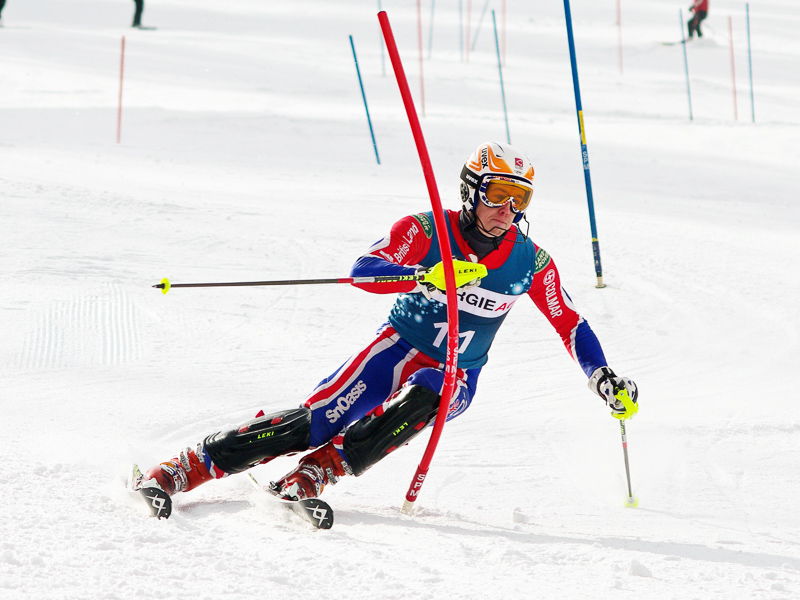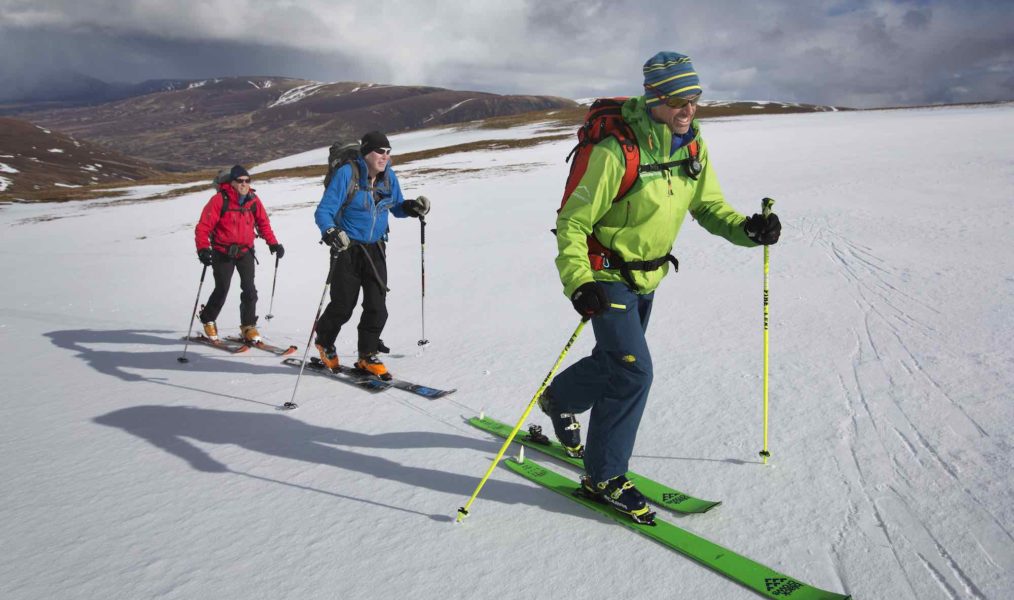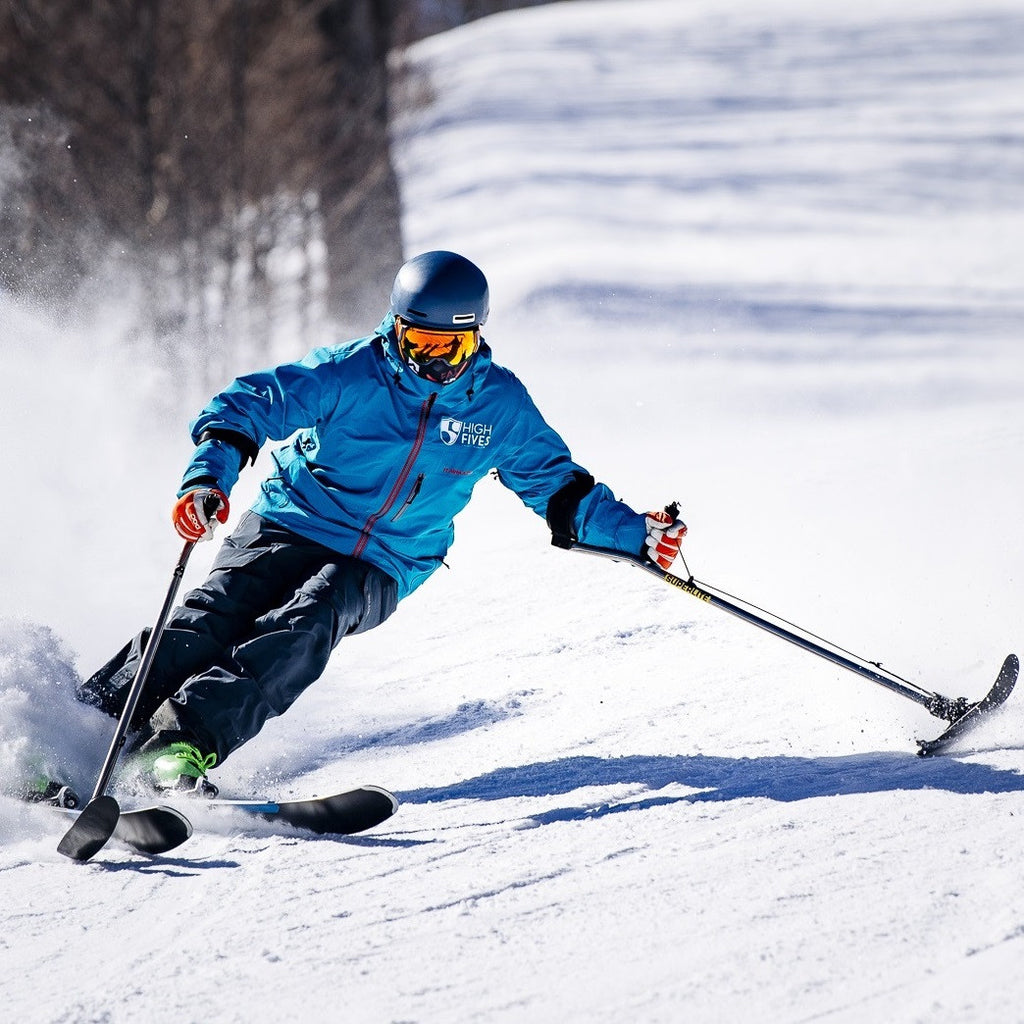
A dry snow slope is a man-made, artificial slope that imitates snow. These dry ski runs are usually lubricated with a mist- or jet system which helps to speed up and protects equipment.
A Dry Ski Slope is a Place to Learn and Have Fun
A dry slope is a great way to start skiing or snowboarding if you are new to the sport. They also offer a range of activities that can be enjoyed by the whole family.
Lessons and sessions are offered by the best dry slopes. These sessions will ensure that you have the best time possible on the slopes.
Packages that include equipment, lessons and clothing are offered by some dry ski slopes. These can be a great deal for beginners who are looking to try the sport before they spend lots of money on their own ski gear and clothing.

A dry slope is a great place to learn how to ski. A range of competition and training opportunities can be taken advantage of, including moguls using one ski, short-swings, and carving arches.
You can also learn various tricks like spins, nose and tail press and spins. Even a switch can be learned, which is sometimes difficult on snow.
Skiing on dry slopes is more peaceful than in mountains. It allows you to practice your skills without worrying about the safety of others. You can also get more runs on them because they have shorter lift lines.
While dry slopes can be more affordable than the mountains they don't offer the same experience as a resort ski area. Although they are less smooth and can be more difficult to navigate, they can still be great places to learn a new sport.
You can also enjoy an activity at your own home and they are more convenient than traveling. They are a great way to introduce children to skiing or snowboarding, and can be a wonderful alternative to the traditional school holiday activities that involve outdoor sports such as football, swimming or tennis.

It is a good idea for beginners to wear impact shorts on dry slopes. These can be worn underneath your pants and feature shock-absorbing pads to protect you coccyx in an event of a falling.
There are many indoor ski areas in the UK. Some offer lessons while others offer recreational sessions open to all levels. They can also serve as a way to perfect your technique before taking to the mountain.
FAQ
These are the things that you must remember when traveling.
You will find yourself in situations that leave you with very little time for making decisions when you travel. You should be ready to improvise.
You could be stuck there for hours, days and even weeks. If you plan ahead, you will have food, water and shelter. However, if you don’t plan ahead, you might need to improvise.
These cases will likely require you to rely on the things you are most skilled at. You will have to rely on your instincts and experience to make quick decisions.
Sometimes, however, you will not have any other choice. There are many situations where you might be left without cell or gas service, or even robbed. These situations will require you to quickly adapt to the situation.
You must remain calm, be focused and take decisive action. Don't panic. Instead, stay focused on what you have control of.
For example, if you're lost in the woods, you can choose which direction to go. For those who are hungry, berries and mushrooms can be eaten. You can also drink rainwater and melt snow if you feel thirsty.
You can also rest if you are tired. You can wrap up if you're cold. If you're wet, you can change clothes. You'll feel happier if you remain positive, no matter what your decision.
What documents should I have with me while traveling?
Keep copies of important documents at home for easy access while on the road. Also, keep copies of your passport, driver’s licence, and other identification cards, along with any credit card information, in case you need them, to make it easy to access when you travel.
A photocopy of your passport is always a good idea so that it can be used to prove identity in case of emergency.
Include copies of your reservation and itinerary. These will help keep you organized and allow you to plan your trip.
Also, keep a duplicate of your flight ticket as well as details about your hotel reservation. You'll be able contact someone back home in case you need them.
It's a good idea to never leave valuables unattended. Your valuables will be safe if you keep them in a money belt, or inside your luggage.
Avoid losing valuable items by making sure your luggage is checked before you depart.
Remember: It's always safer to keep things simple than to try to over-plan everything.
Let's just be relaxed and enjoy the journey!
What should you do first when you arrive at your destination?
You should always have an itinerary for when you arrive at a place. It helps you know what to expect and where to go next.
You need to plan ahead to ensure you don't miss anything important.
For instance, if your trip to a city lasts more than one hour, research which landmarks, museums, and parks you'd like.
You might also want to get a map and learn more about the history of the region.
How can I travel light?
There are no right or wrong answers when packing for a vacation. But here are a few tips to help you choose what to bring along.
-
Bring only what you really need.
-
Only bring what you are going to wear.
-
Don't overload yourself with too many items.
-
You should ensure that you have enough space in your luggage.
-
You should always double-check that everything is packed.
-
Make use of the free storage facilities
-
Use reusable water containers instead of buying bottled water.
-
Instead of carrying a suitcase, use a backpack.
-
If possible, take public transport and walk or cycle instead.
-
Select the right bag size
-
Be careful not to carry large items.
-
Prepare for anything.
-
You can't leave any trace.
Statistics
- You can use compression sacs or cubes to reduce the volume of your clothes by up to 80%—this is especially convenient for bulky items such as sweaters and jackets. (eaglecreek.com)
- According to Maori legends, this park holds 14 fjords that were all carved by a giant stonemason with an adze. (busytourist.com)
- Alcoholic beverages with 24% alcohol or less are not subject to limitations in checked bags. (tsa.gov)
- No Checked Bags: No Alcoholic beverages with more than 70% alcohol (over 140 proof), including grain alcohol and 151 proof rum. (tsa.gov)
- Alcoholic beverages with more than 24% but not more than 70% alcohol are limited in checked bags to 5 liters (1.3 gallons) per passenger and must be in unopened retail packaging. (tsa.gov)
External Links
How To
Are there websites that offer airline tickets at a fraction of the cost?
Yes, you can find cheaper airline tickets on many websites.
But, not all of them can be trusted and are safe. Always read reviews.
Here are some examples of cheap flights you might find:
-
Cheapflights.com
-
Skyscanner.net
-
Momondo.com
-
Kayak.com
-
Google Flights
-
Hipmunk.com
-
Expedia.com
-
Orbitz.com
-
Priceline.com
-
Hotwire.com
-
Travelocity.com
-
Cheapoair.com
-
CheapAir.ca
-
CheapOair.com
-
CheapTickets.co.uk
-
LastMinute.com
-
CheapTrip.com
-
CheapRentals.com
-
HotelDiscounts.com
-
Agoda.com
-
Booking.com
-
Trivago.com
-
Cheaptickets.com
-
Travellink.com
-
Momondo.com (for flights only)